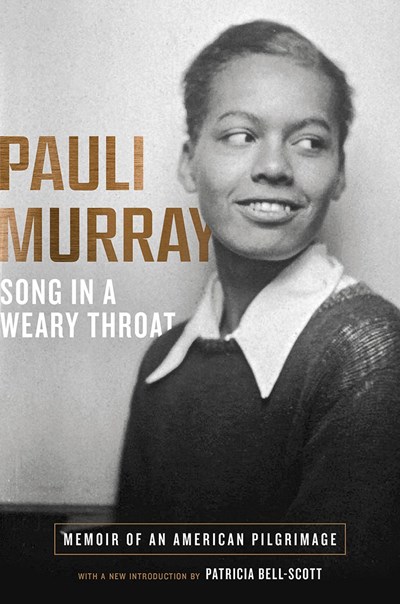In 1991 I learned the quilt stitch and for years enjoyed spending a few hours every evening hand quilting. Now twenty-six years later, instead of quilting a bed-sized quilt in two or four months it took me two winters. TWO WINTERS. In the meantime, I finished six or more quilt tops.
I hauled a pile of quilt tops to a machine quilter in January. It is now May and I have not got one back. And when I do, I know I had better have a wheelbarrow to carry what I am going to owe her.
The day has come...to learn how to machine quilt my quilt projects.
Luckily, the marvelous Pat Sloan has prepared a book for people like me, a step-by-step, illustrated, simplified, marvelous resource! She covers all the bases, including how to quilt with a walking foot and free motion quilting.
And if we still have reservations about tackling machine quilting, Pat includes multiple patterns for quilt projects and then walks us through machine quilting them.
Thank you, Pat! You have thought of everything.
Pat offers the above simple Strippy Table Runner, 16 1/2" x 36 1/2" to learn walking foot quilting. The instructions include hints like how to prevent bowing when joining long strips and using Jelly Rolls.
This adorable Mini Charm Star, 28 1/2" x 28 1/2", is another walking foot project. Just think of the scraps you could use...the color variations...
I like applique', and am glad that Pat offers applique' projects, too. I know a lot of people who would love My Little Kitty, 12 1/2" x 15 1/2", which uses fusible applique, blanket stitching, and walking foot quilting. SO easy!
Another simple fusible applique project is Winter Bliss, 24 1/2" x 28 1/2", a sweet snowman hanging out with his friend. Pat guides readers in making the bias stems and the free motion quilting.
Larger projects include Cherry Pie, 65 1/2" x 81 1/2", which uses a combination of machine walking foot and free motion quilting. Michigan is known for its cherries and I am imagining a quilt with cherry print fabrics...yum!
Mexican Rose, 56 1/2" x 56 1/2", was inspired by a vintage quilt. I love floral applique quilts! The wide border is a chance to highlight an amazing fabric you can't bear to cut.Blue Lagoon is a Rail Fence variation, 64 1/2" x 72 1/2". Pat quilted with free motion swirls to counterpoint the straight lines.
I am eager to try my hand at machine quilting again. I have done some projects but without Pat's knowledge under my belt, and I think I will be more pleased with the results after reading Teach Me To Machine Quilt!
I received a free ebook from the publisher through Edelweiss.
from the publisher's website:
Pat Sloan teaches everything a first-time quilter needs to know to machine quilt successfully, going step-by-step through walking foot and free-motion quilting techniques.
Popular teacher, designer, and online radio host Pat Sloan teaches all you need to know to machine quilt successfully. In this third book of her beginner-friendly "Teach Me" series, Pat guides you step by step through walking-foot and free-motion quilting techniques. First-time quilters will be confidently quilting in no time, and experienced stitchers will discover the joy of finishing their quilts themselves.
No-fear learning for quilting novices--Pat covers all the information you need to quilt from start to finish.
Pat guides you through simple and fun practice projects, including a strip-pieced table runner and an easy applique design.
Collect the entire skill-building library of Pat Sloan's popular "Teach Me" series of books.




















